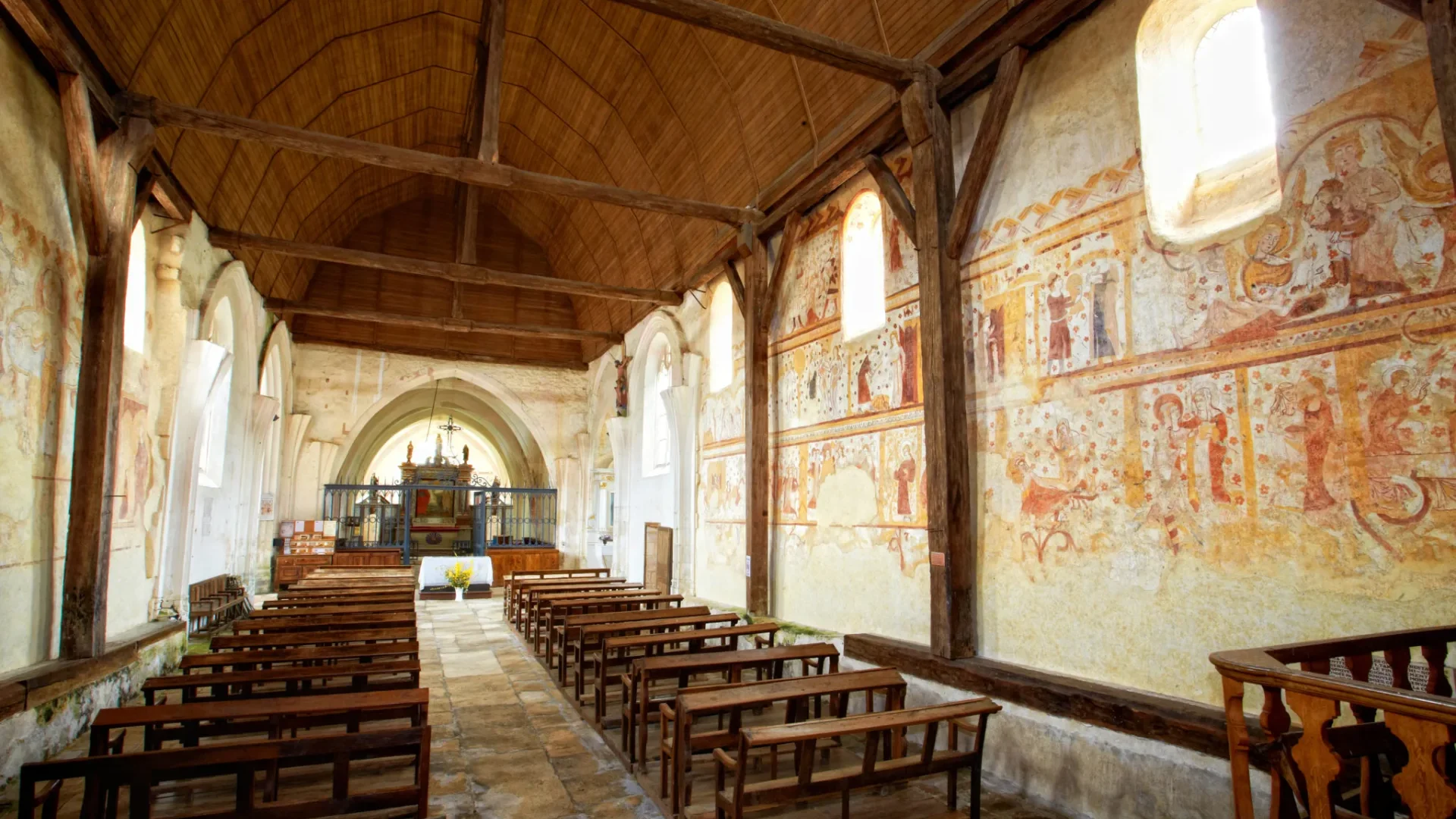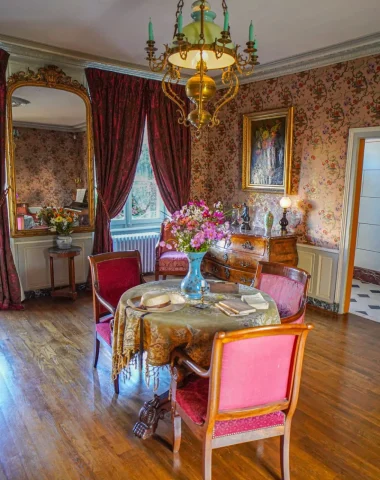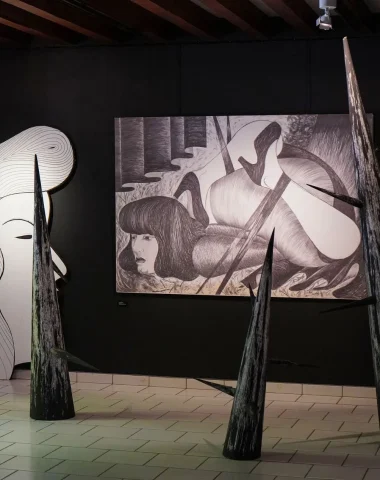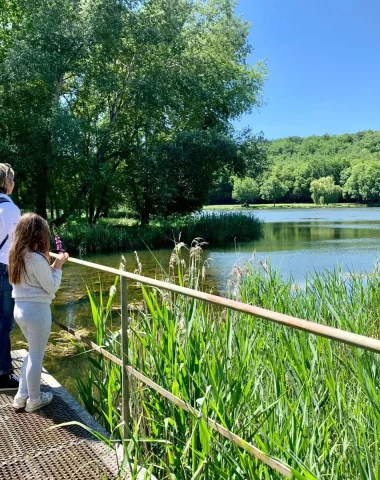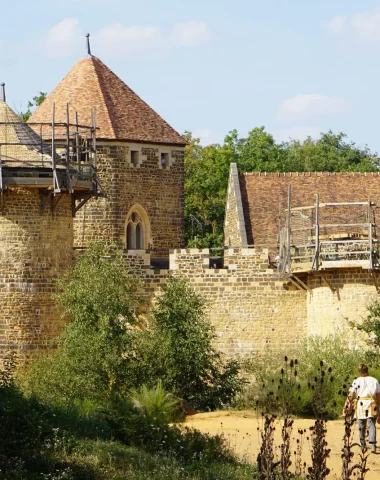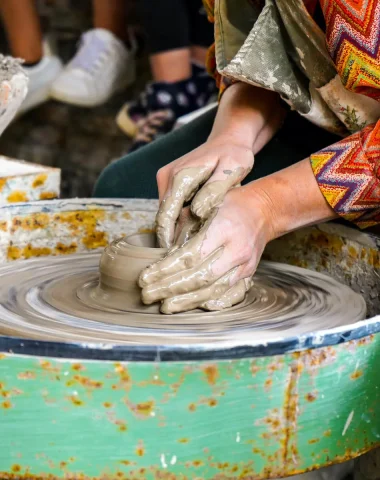In Puisaye-Forterre, explore the fascinating history of churches decorated with murals, in Yonne and Nièvre, in Burgundy, where the artistic and cultural heritage is revealed in each village.
The Heritage of Ocher in Puisaye
To fully understand the brilliance of the murals, it is essential to delve into the history of ocher in Puisaye. This land was the cradle of ocher extraction, providing the pigments that gave life to countless artistic masterpieces. The subtle use of these pigments in church murals adds a unique dimension to these architectural gems.
It is in Parly, Diges or even Sauilly that we extracted the mineral powder from this rich soil. First in the form of amalgam, the stone was crushed to obtain the powder, essential for painting. This pigment powder thus made, the latter was heated. Depending on the degree and minutes of cooking, the color changed, going from yellow to orange then red or brown.
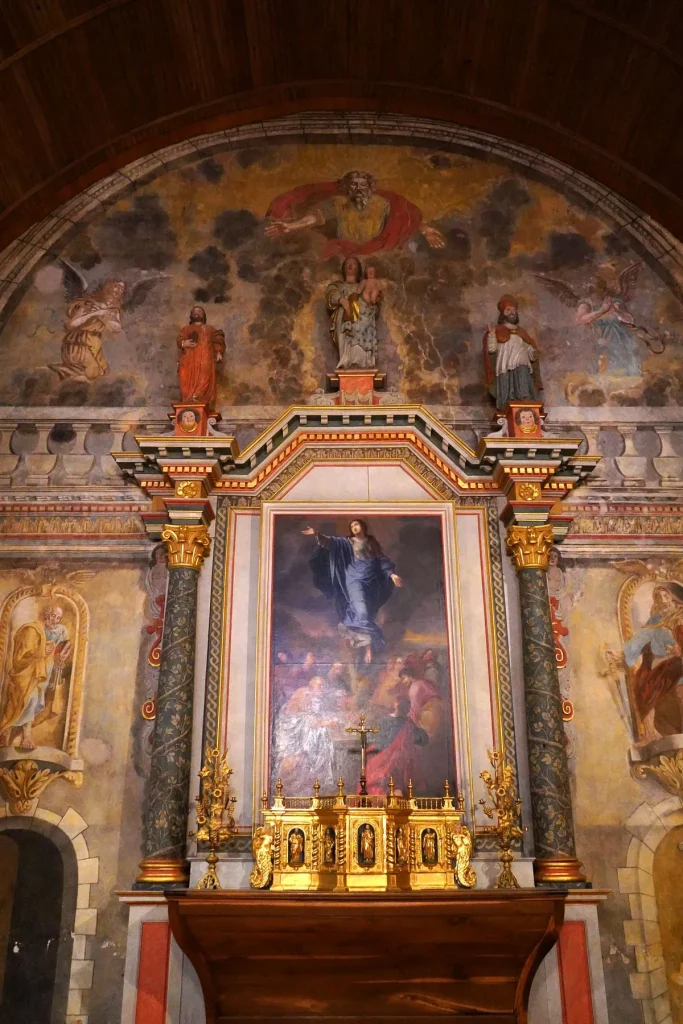
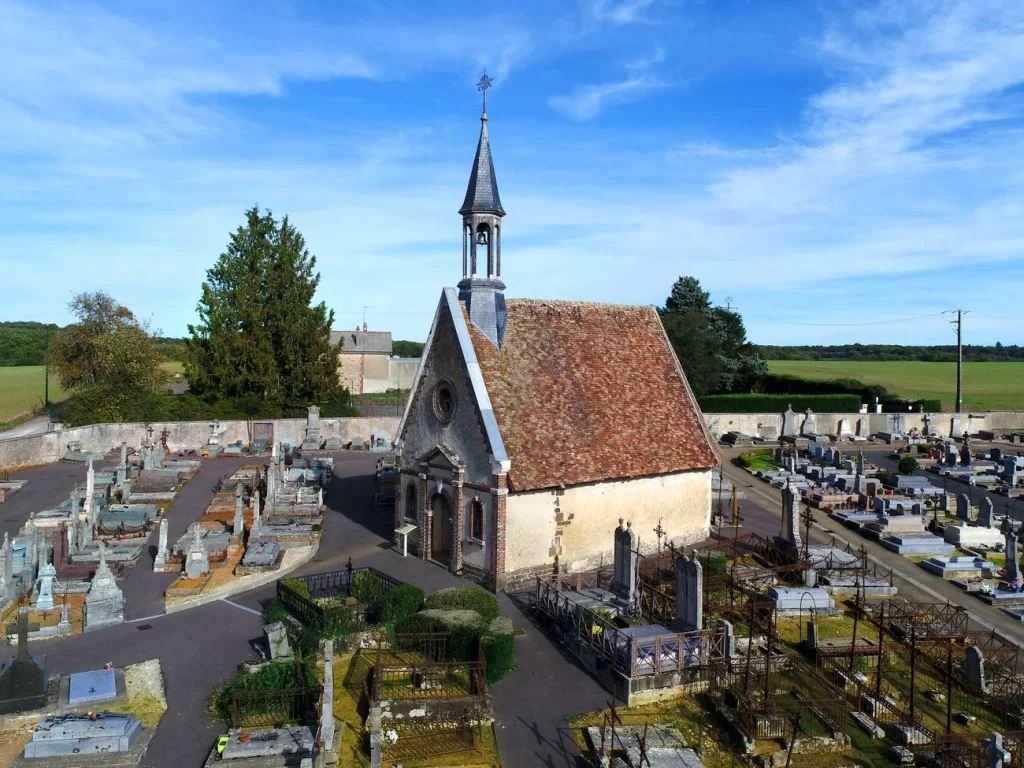
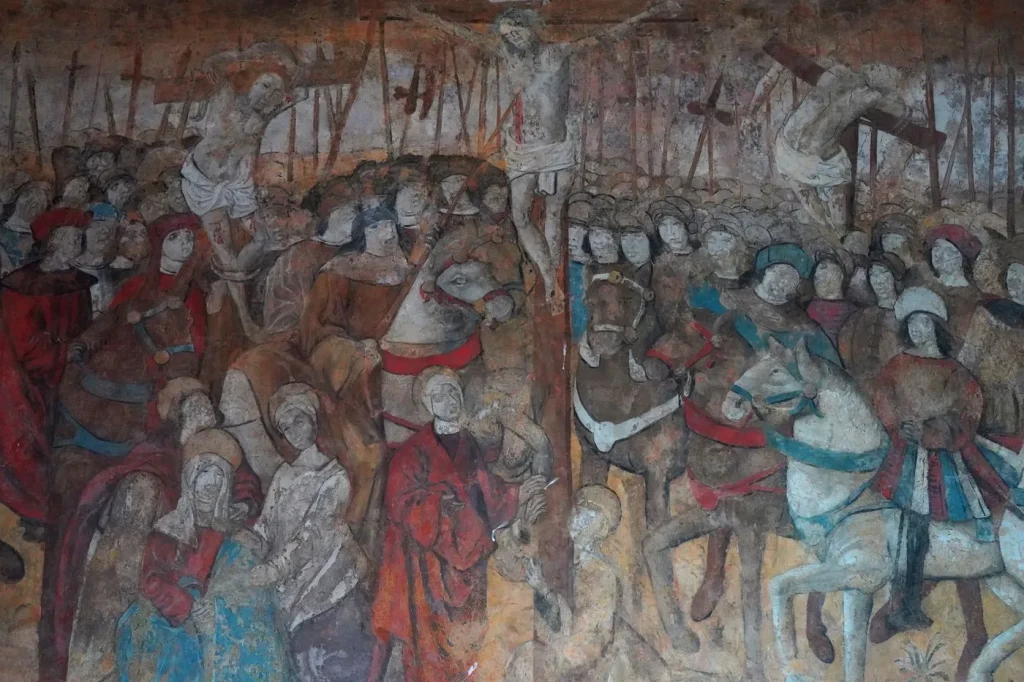
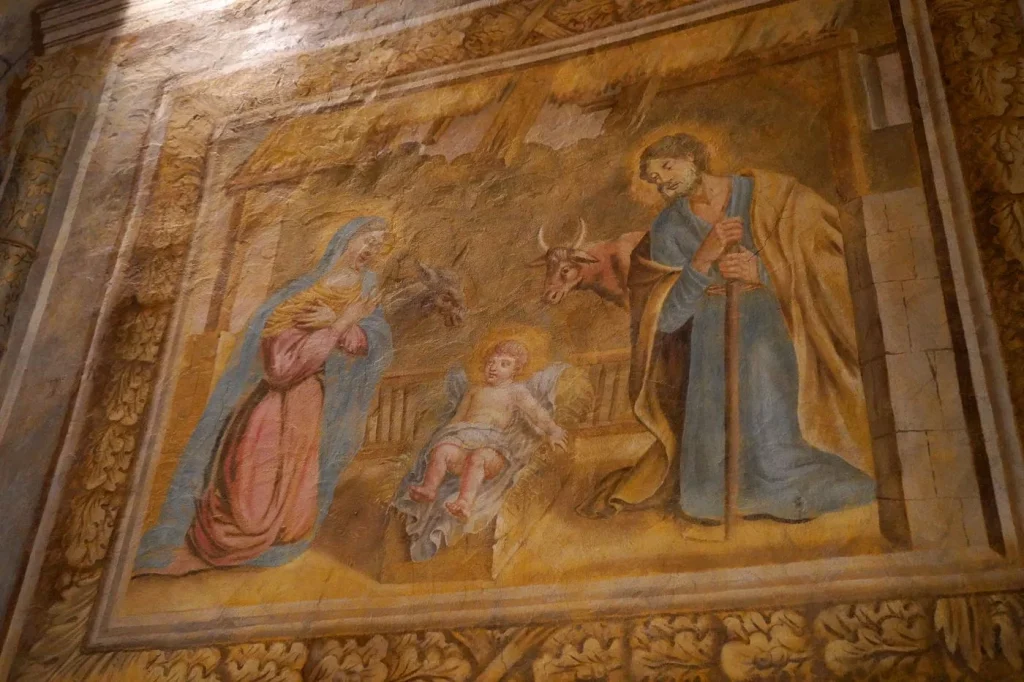
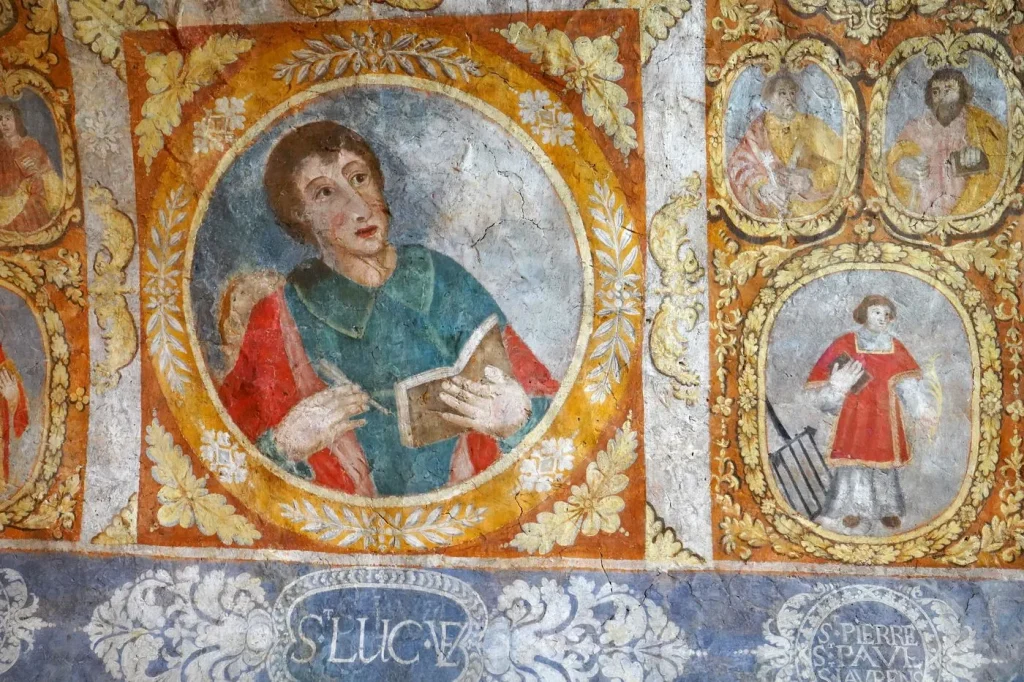
15 churches and 12 centuries of history and art
If you feel like you want to take the oldest wall paintings date back to the early 12th century, some buildings are even older, such as the Sainte Geneviève de Lindry church in Auxerrois, built in the 9th century then rebuilt in the 16th century. The Saint Marien de Mézilles church dates from the 11th century, and has Romanesque remains in the choir.
Alternately Romance, like the churches of Saint Sébastien de Parly or Saint Pierre de Moutiers-en-Puisaye, or Gothic like the churches of Saint-Loup de Troyes de Bléneau or Saint-Mammès de Perreuse, the churches and chapels of the network of wall paintings conceal architectural treasures.
The churches and villages in the network:
- The Saint-Loup de Troyes church in Bléneau
- The Saint-Germain church of Ferté-Loupière
- The Sainte-Geneviève church in Lindry
- Saint-Roch church in Louesme
- The Saint-Marien de Mézilles church
- The Saint-Pierre church of Moutiers-en-Puisaye
- The Saint-Sébstien church in Parly
- The chapel of Saint Baudel de Pourrain
- The Saint-Fiacre church in Ronchères
- The Saint-Amand church in Saint-Amand-en-Puisaye
- The Sainte Anne chapel of Saint-Fargeau
- The Saint-Prix church of Saints-en-Puisaye
- The Saint-Mammès church of Perreuse
- The Notre-Dame de l’Assomption church in Villeneuve-les-Genêts
- The Saint-Benoît church in Villiers-Saint-Benoit
Murals: Between know-how, art and message
In each of the buildings, the wall paintings are the result of a mastery of ocher in Puisaye. The colors revealed are sometimes cold, sometimes warm. They result from long work from extraction to calcination, up to the treatment of the pigments to be able to apply said colors to the walls.
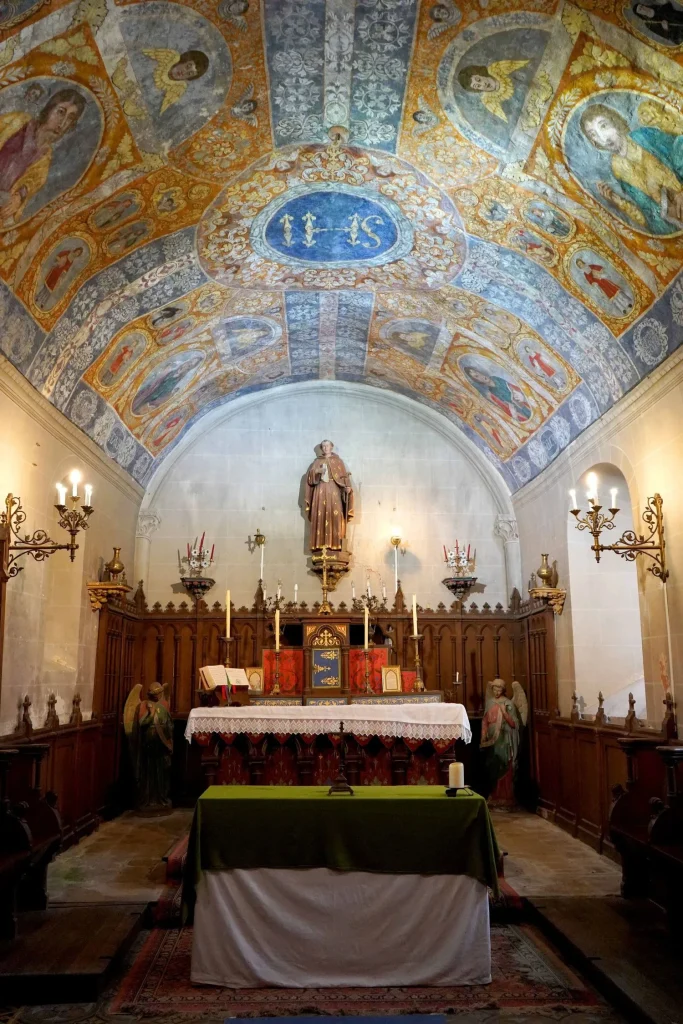
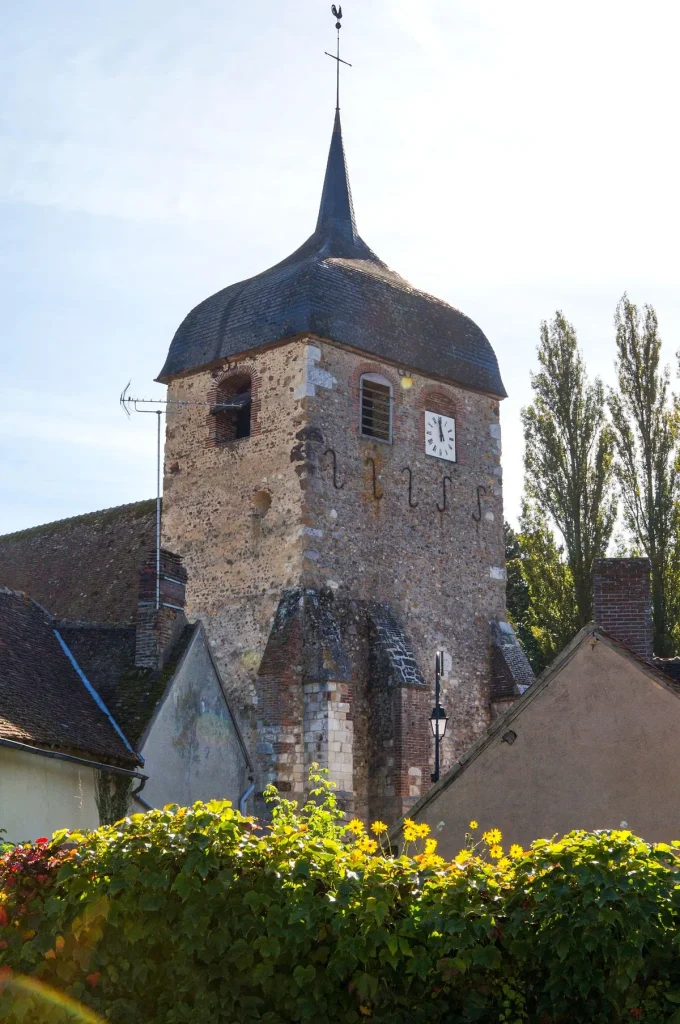
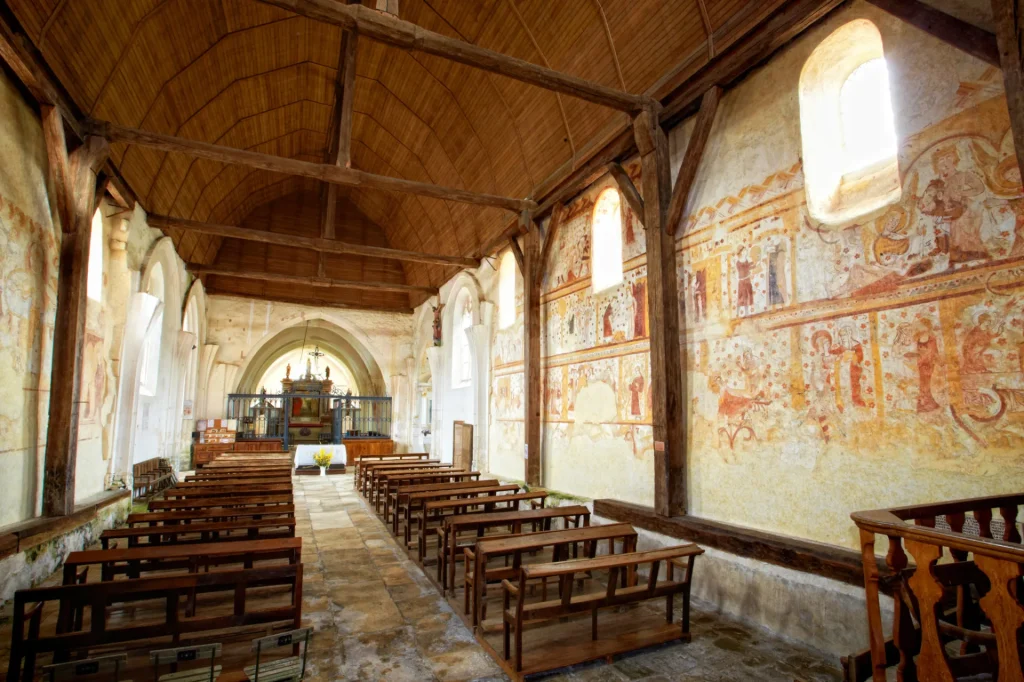
This is only the beginning of the artistic revelation: the scene is set, the characters are represented and the mural becomes a rich, biblical scene, transposing through the image a religious message understandable by the person who looks at it. Depending on the times, the parishioner will be more or less literate and will not have the opportunity to delve into the Holy Scriptures. Then the image conveys the message to the person who contemplates it.
Similar scenes can then be found in several religious buildings: the Three Dead and the Three Living, the Virgin and Child, the Passion of Christ, the four Evangelists, Saint Michael and other characters and scenes.
La Ferté-Loupière and Moutiers-en-Puisaye: Two gems of fresco painting
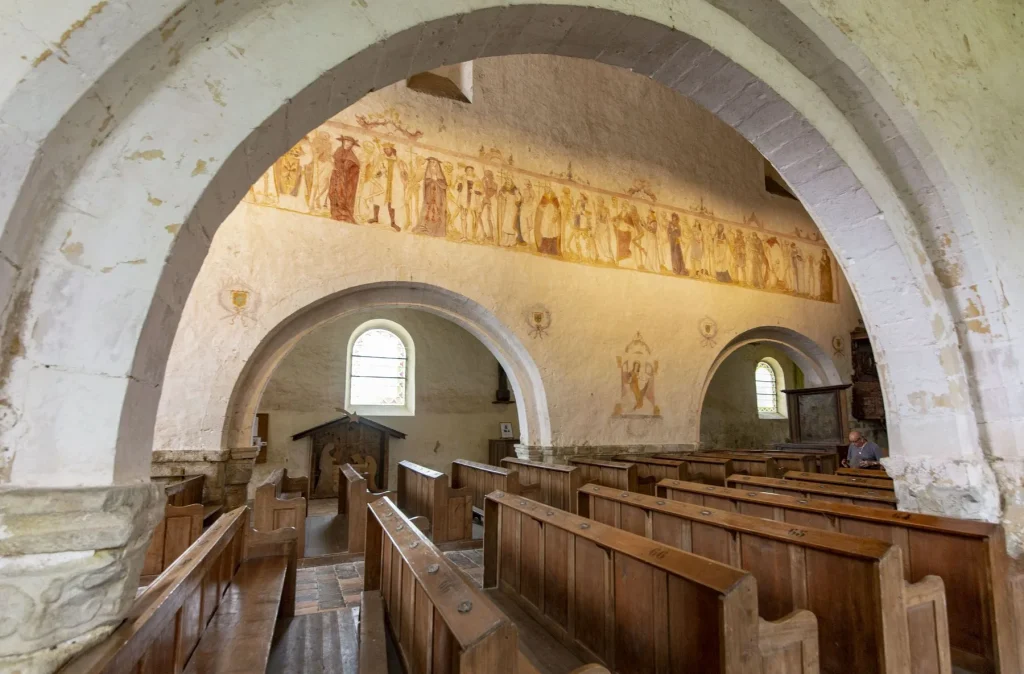
The Saint-Germain church of Ferté-Loupière houses exceptional wall paintings from the end of the 15th century and the beginning of the 16th century in particular, one of the rare Danses Macabres existing in France. On 25 meters long, takes place a procession of 19 couples of Living and Dead led by an orchestra of three musicians and a writer. We then find various characters representative of the faith of the territory of the time: the Pope, the Emperor, the Minstrel, the Plowman, the Monk... She is undoubtedly the best preserved Danse Macabre in France.
Throughout the nave of Saint-Pierre church in Moutiers-en-Puisaye, we admire the largest set of wall paintings in Burgundy (200m²). Illustrated: a procession, Genesis, the life of Saint John the Baptist, the stoning of Saint Stephen, the Flood... Discovered in 1982 under a layer of whitewash, they were restored for over 12 years by Hisao Takahashi, a Japanese restaurateur based in Autun.

Frequently asked questions from the Puisaye-Forterre Mural Paintings network:
How to visit a network church?
If the church is not open, we invite you to contact the town hall of the municipality where the building depends or directly to the Puisaye-Forterre Tourist Office on 03 86 44 15 66.
Are there events organized in churches?
Apart from religious events, certain churches can host, during the year, exhibitions (such as Denis Brenot's exhibition on the network of mural paintings), concerts and shows. To stay informed, subscribe to our newsletter “the Puisaye tourism agenda” or go to our agenda.
Are there other churches with notable wall paintings?
Other off-grid churches may also have murals. You will have, for example, the Notre-Dame de Pitié chapel in Saint-Martin-sur-Ouanne, the Notre Dame de l'Assomption church in Malicorne with its decor worthy of a Renaissance theater. Or the Saint Barthélémy church in Chevillon, which has a few wall paintings, including a liter: a black banner, indicating that a lord (of Courtenay) is buried there.
What to visit near Ferté-Loupière?
In the charming village of Ferté-Loupière, in addition to the church, the various Acanthe exhibition sites await you. First of all, the gallery is open all year round and each month, a new artist exhibits their works. In summer, the photographer's workshop and the Priory barn host other exhibitions. The Priory garden, open all year round, beautifully planted with trees and laid out between floral spaces and vegetable gardens. A few minutes from the village, the Montigny castle in Perreux is open from April to September and the extraordinary art museum “the Fabuloserie” will enchant you.
What to visit near Moutiers-en-Puisaye?
In Moutiers-en-Puisaye, the pottery of the Building is open all year round. There you will discover one of the oldest pottery kilns in Yonne. A few minutes away, the charming village of Saint-Sauveur-en-Puisaye, country of Colette, will immerse you in the history of the writer, thanks to her birthplace et his museum. Several hikes in Moutiers-en-Puisaye will offer you lovely views.
What to visit around the network's churches?
The churches listed dot Puisaye-Forterre and a wide choice of sites is available to you:
To the east, Auxerre, its cathedral, its abbey and the Auxerrois with its wines are to be discovered. To the south, Nièvre, Morvan, Pouilly sur Loire and Vézelay await you. To the west, the Loiret with the Briare canal, its town of Briare-le-Canal and the first castles of the Loire. To the north, Joigny and the Jovinien.
Any other churches to recommend?
Yes, some churches stand out because of their uniqueness. That of Toucy, built on old fortifications, can be discovered on Saturday mornings in July and August. That of Treigny, nicknamed the “Cathedral of Puisaye”. But also that of Saint-Sauveur-en-Puisaye which has the particularity of being without a bell tower.
